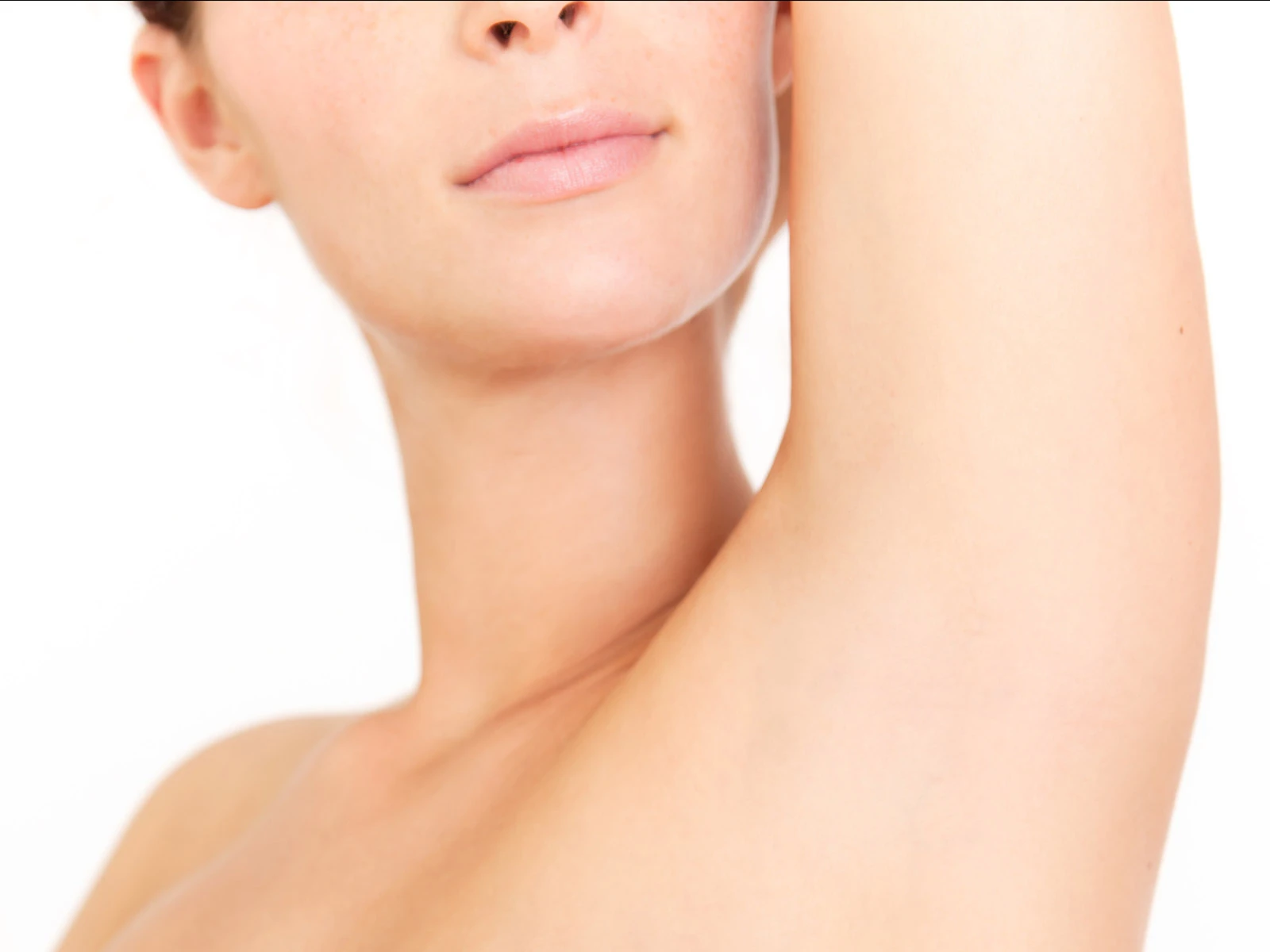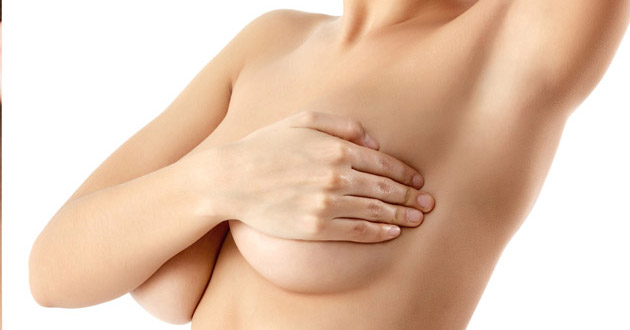More about sweat gland removal
What is sweat gland removal?
How does the removal of sweat glands work?
What criteria must be met in order to qualify for removal of sweat glands?
What are the advantages of having the sweat glands removed?
What risks and complications can occur with sweat gland removal?
What are the costs for removing the sweat glands?
With hyperhidrosis (excessive sweat production) conventional agents such as deodorants are usually not sufficient to curb sweat and odor. To reduce excessive sweating, there are two options in plastic and cosmetic surgery. First, the removal of sweat glands and second, the injection of Botox or botulinum toxin.
Sweat gland removal
Remov¬ing the sweat glands is an operative method that can reduce excessive sweating at certain body sites by suction of sweat glands. As part of a sweat gland removal, it is possible to remove 90% of the sweat glands in a process similar to liposuction.
Botox Injection
Another way to reduce sweating is to inject Botox into the affected areas. Sweating is inhibited and reduced by the neurotoxin. However, treatment with Botox does not provide lasting results and must be repeated at regular intervals.
Surgical removal of sweat glands can be done under local anesthesia or general anesthesia. Nowadays, the treatment usually involves the so-called tumescent method, in which a special amount of saline solution is injected under the skin. This can be gently prepared. As a result, swelling and bruising are extremely rare.
In addition, the liquid used contains a local anesthetic, which anesthetizes the affected area, as well as other substances that minimize the risk of bleeding.
Using a small incision, the surgeon introduces a fine cannula and begins the suction and curettage of the tissue. The sweat glands are easily scraped off and sucked up together with some fatty tissue. Because of this procedure, removal of sweat glands is also known as suction and curettage. Subsequently, the small incision is closed by a suture.
The procedure lasts about 60 minutes and can be done on an outpatient basis without hospitalization.
The removal of sweat glands is aimed at people who suffer from hyperhidrosis. Treatment is not given to people whose sweat production is healthy. Only with excessive sweating, which is a great burden for the person concerned and cannot be treated successfully with non-invasive methods is surgical removal of sweat glands an option.
Not only an individual consultation, but also the testing of the extent of sweating, the so-called Minor test (starch-iodine test) are performed before the procedure. Certain pre-existing conditions may be an exclusion criterion for the removal of the sweat glands or Botox application and must be determined before the therapy.
Excessive sweating is usually a great burden for those affected. Unpleasant stains and odors especially in the armpits can be very disturbing both at work and in private life, especially if deodorants and special powders show no effect. By removing the sweat glands these people can be helped quickly and easily.
Advantages of sweat gland removal
• Extremely low risk
• Especially tissue-friendly
• Short duration of surgery
• Removal of up to 90% of sweat glands
• Significant reduction in sweat production
• Permanent reduction of sweat production
• Improved well-being
It allows a permanent reduction in sweat production, which can take the burden off the sufferer and help them to become more well adjusted. The modern tumescent method is particularly tissue-friendly and it can remove 70-90% of sweat glands. This causes a noticeable reduction in the production of sweat at the treated sites, which persists permanently.
The removal of sweat glands by suction and curettage is considered a very safe and low-risk method. Nevertheless, there remains a risk for complications, as in all surgical procedures.
Depending on the findings, the costs may be partially or completely reimbursed by health insurance providers. However, this is always to be clarified in individual cases before the operation or therapy.




